Camera Obscura & Pinhole photography
A camera obscura is a dark room with a small hole in one wall. When it’s bright outside, light enters through the hole and projects an upside down image of the outside world onto the wall opposite the hole. The word camera obscure means Darkened room. It blacks out a room from light and creating a small hole lens in the wall. It uses two ways of manipulating light which is refraction and projection.
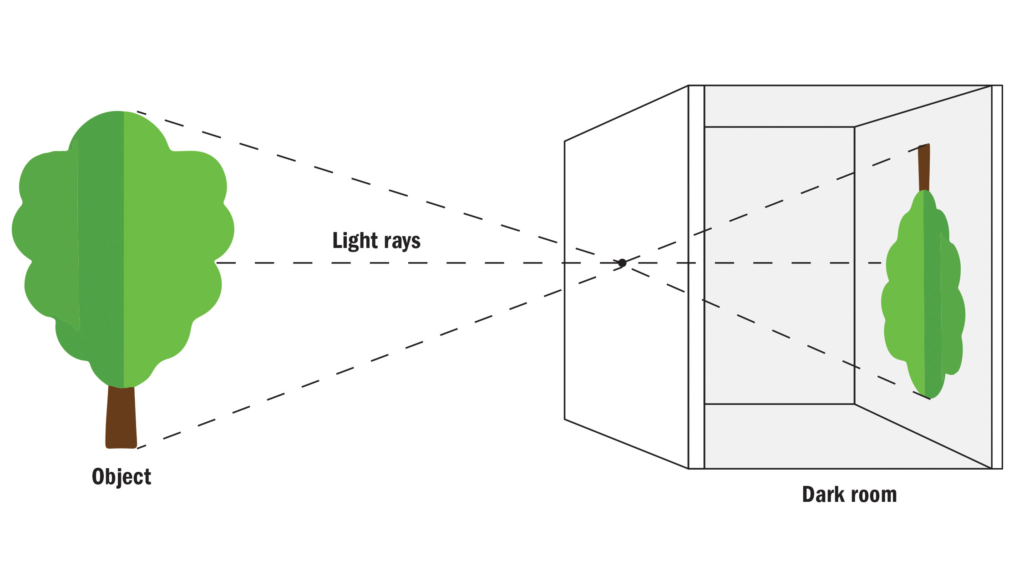
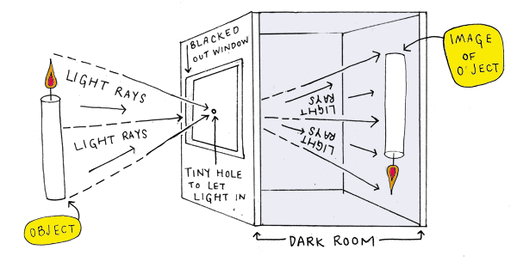
Ibn al-Haytham is the person who invented the camera obscura and the pinhole camera which is based on the same idea. He carried out experiments with candles and described how the image is formed by rays of light travelling in straight lines. It was used to study eclipses without risking damaging peoples eyes by looking directly into the sun. It also allowed tracing the projected image to produce a highly accurate representation.

Nicephore Niepce & Heliography
Niépce developed heliography, a technique that he used to create the world’s oldest surviving product of a photographic process: a print made from a photoengraved printing plate in 1825. In 1826, during this period of fervent experimentation he used a primitive camera to produce the oldest surviving photograph of a real world scene.

Heliography is a photographic process that was invented by Nicéphore Niepce. In some cases – it is still used today (mainly for photo engraving). It was the process of Heliography that created the first and earliest known permanent photograph, taken from a nature scene.
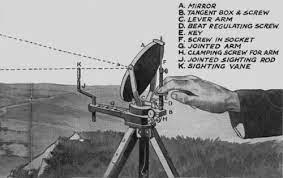
Louis Daguerre & Daguerreotype
Louis Daguerre is a French painter and physicist who invented the first practical process of photography, known as the daguerreotype in 1837 which is named after him. This process made it possible to capture the image seen inside a camera obscura and preserve it as an object. It was the first practical photographic process and ushered in a new age of pictorial possibility. Daguerreotypes were very expensive, so only the wealthy/upper class could afford to have their portrait taken. It was also used to record many other images such as topographic and documentary subjects, antiquities, still lives and natural phenomena.


Daguerreotypes are easily identified by a mirror-like, highly polished silver surface and its dually negative/positive appearance when viewed from different angles or in raking light. Daguerreotypes are typically housed in miniature hinged cases made of wood covered with leather, paper, cloth, or mother of pearl, It is not flexible and is very heavy but The final product of the daguerreotype is accurate, detailed and sharp.
Henry Fox Talbot & Calotype
William Henry Fox Talbot who was credited as the British inventor of photography, revolutionised photography in Britain. Talbot was an expert in many fields including chemistry and optics . He invented the first photographic negative process which became the basis for virtually all photography that followed.In 1834 he discovered how to make and fix images through the action of light and chemistry on paper. These ‘negatives’ could be used to make multiple prints and this process revolutionised image making.

He invented the calotype as he was frustrated by his own lack of skill as a draftsman, Talbot began experimenting with the possibility of creating accurate images of the world through mechanical and chemical means. He was determined to find an alternative way of recording the natural world, without relying upon an artist’s direct hand. He began experimenting with light-sensitive chemical solutions, and developed the “photogenic drawing” process in 1834.
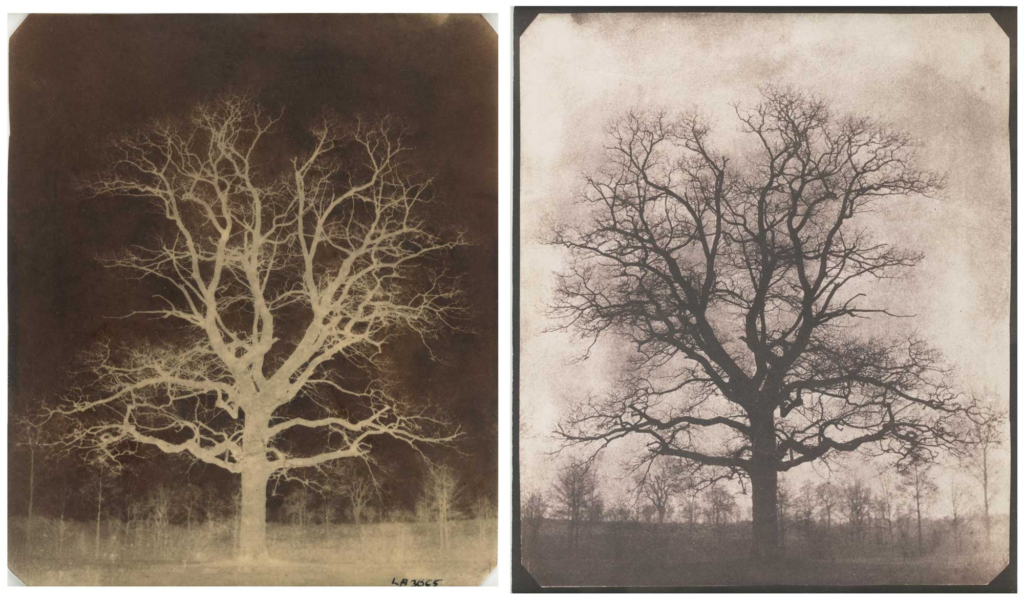
The calotype was the first ever negative-to-positive image process: a piece of paper bathed in chemicals so that it became light sensitive was placed inside the camera, which recorded a negative image on the paper upon exposure to light. The are made by brushing the best quality drawing or writing paper with a solution of silver nitrate, drying the paper, and then immersing it in a solution of potassium iodide to form a light-sensitive layer of silver iodide.
Robert Cornelius & self-portraiture
Cornelius, is a chemist and a photography enthusiast from Philadelphia, Shot the world’s first ever photo that portrayed a person’s face in October 1839 , It was a self portrait, of him gazing pensively. In the backyard of his family’s light fixture store.
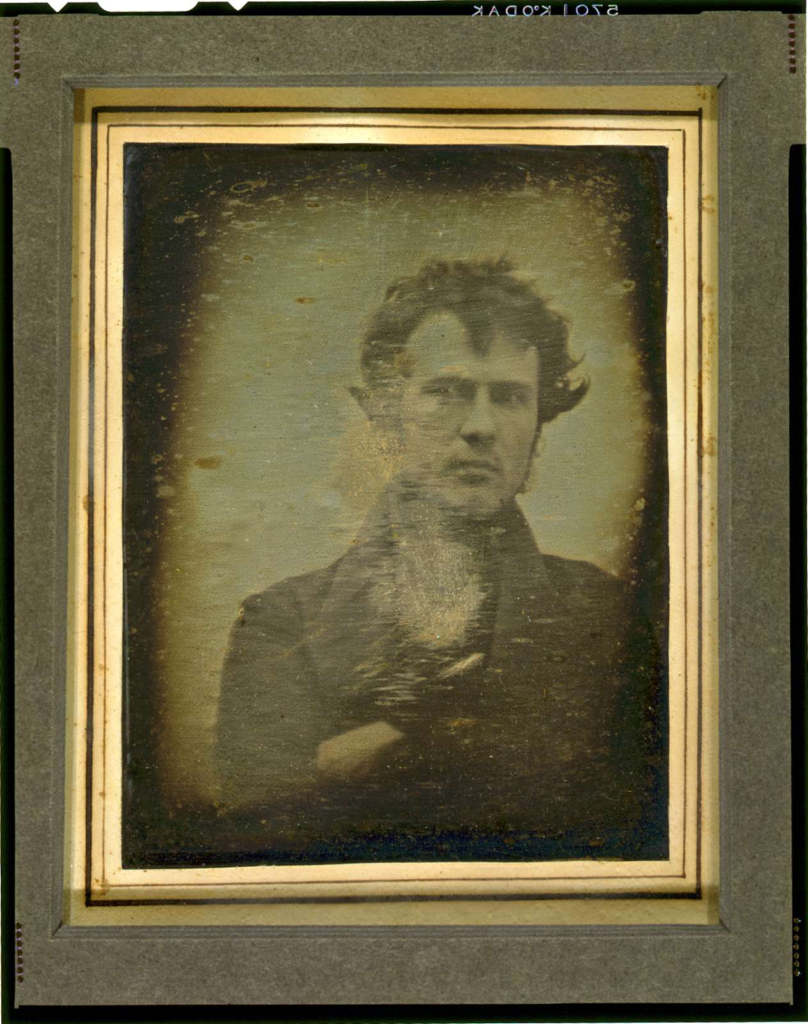
Cornelius had set his camera up at the back of the family store in Philadelphia. He took the image by removing the lens cap and then running into frame where he sat for a minute before covering up the lens again Since The exposure time was around 10-15 minutes. On the back he wrote “The first light Picture ever taken. 1839.” Rachel Wetzel of the Library’s Conservation Division stated “Taking a portrait is astounding in 1839,”. This was the start of something new at the time, influencing the future generations and its photography.
Julia Margeret Cameron & Pictorialism
Julia Margaret Cameron is regarded as one of Britain’s foremost photographers and one of the leading portraitists of the 19th century. She was born on June 11, 1815 in Calcutta (which then belonged to British India), as her father was an official in the British East India Company. She is known for her soft-focus close-ups of famous Victorian men and women, for illustrative images depicting characters from mythology, Christianity, and literature, and for sensitive portraits of men, women and children.

Pictorialism represented both a photographic aesthetic and a set of principles about photography’s role as art. It is an approach to photography that emphasizes beauty of subject matter, tonality, and composition rather than the documentation of reality. Pictorialists believed that photography should be understood as a vehicle for personal expression on par with the other fine arts. The Pictorialist perspective was born in the late 1860s and held sway through the first decade of the 20th century. It approached the camera as a tool that, like the paintbrush and chisel, could be used to make an artistic statement. This meant that photographs could have aesthetic value and be linked to the world of art expression.
Henry Mullins & Carte-de-Visit
Henry Mullins started working at 230 Regent Street in London in the 1840s and moved to Jersey in July 1848, setting up a studio known as the Royal Salon. Initially he was in partnership with a Mr Millward, who is not a very known Photographer. By the following year he was working alone and he continued to work out of the same studio for another 26 years. 1860s he also worked in London for a bit, but judging by the collection of his photographs which is now held by La Société Jersians’, he found plenty of willing sitters in the island prepared to pay lots of money have their portrait taken by him. Mullins became most famous for his cartes de visite and the photographic archive of La Société, that contains a large collection of 9600 images, the online archive holds photos mainly in sets of 16 photographs taken at a single sitting. As photographs were expensive at the time, Henry mainly photographed Jersey’s affluent and influential people, including their families of the more important officers. Long hair, whiskers and beards were shown to be in fashion in the mid-1800s from Mullins’ photos. Due to this and the styling of the portraits, it is difficult to tell the difference between some of the officers in the portraits.


A really well constructed blog post…well done!
Please just a bibilography at the end now, to credit your sources